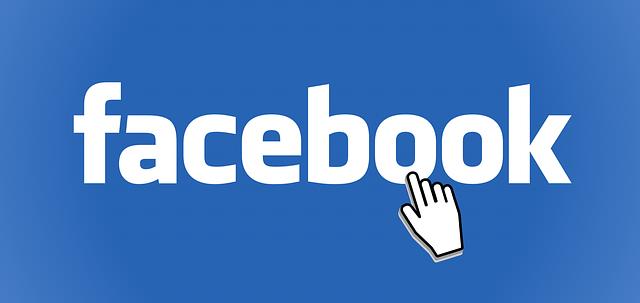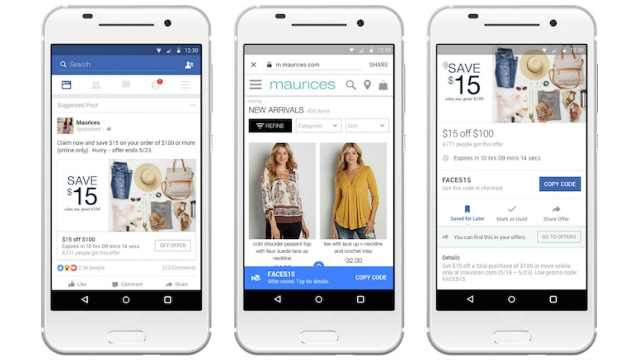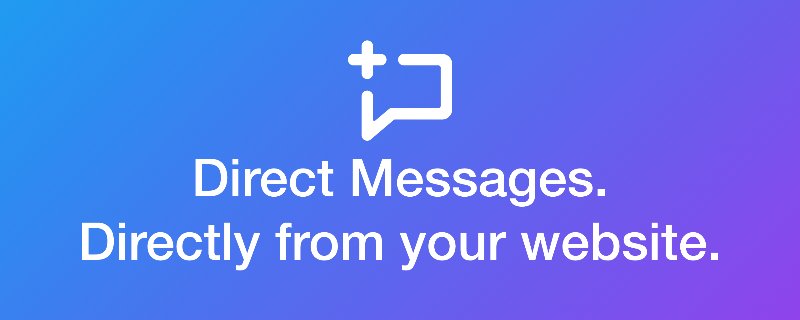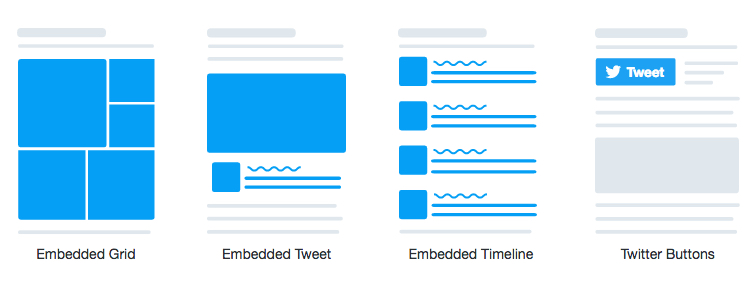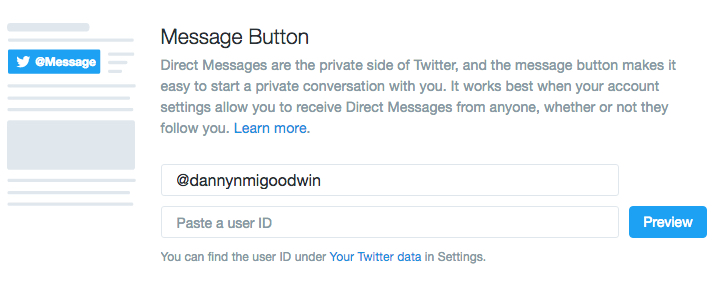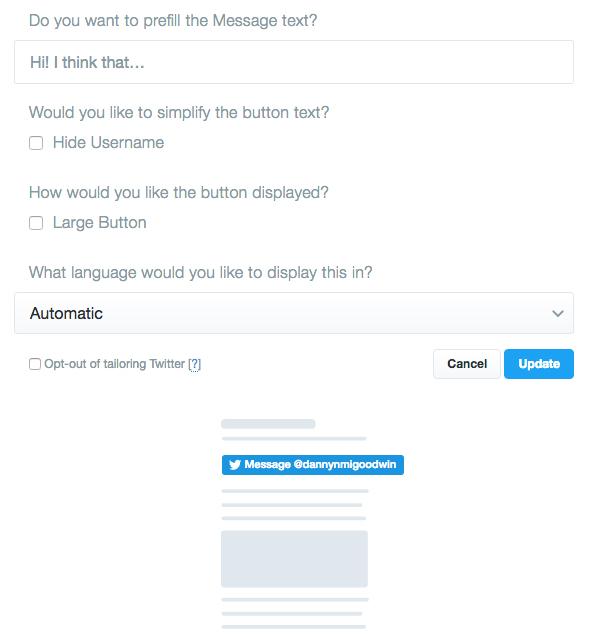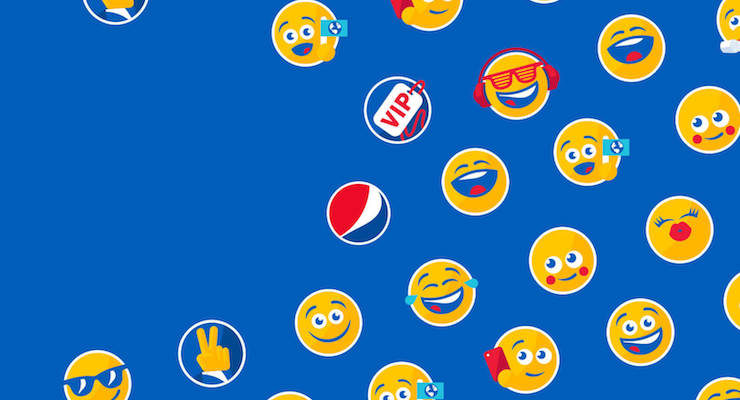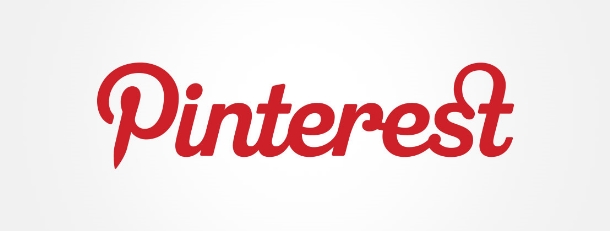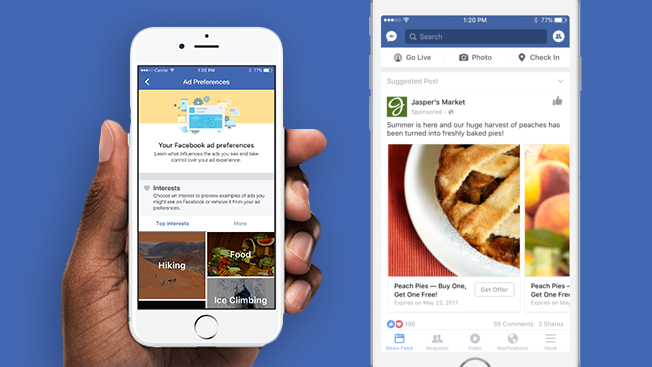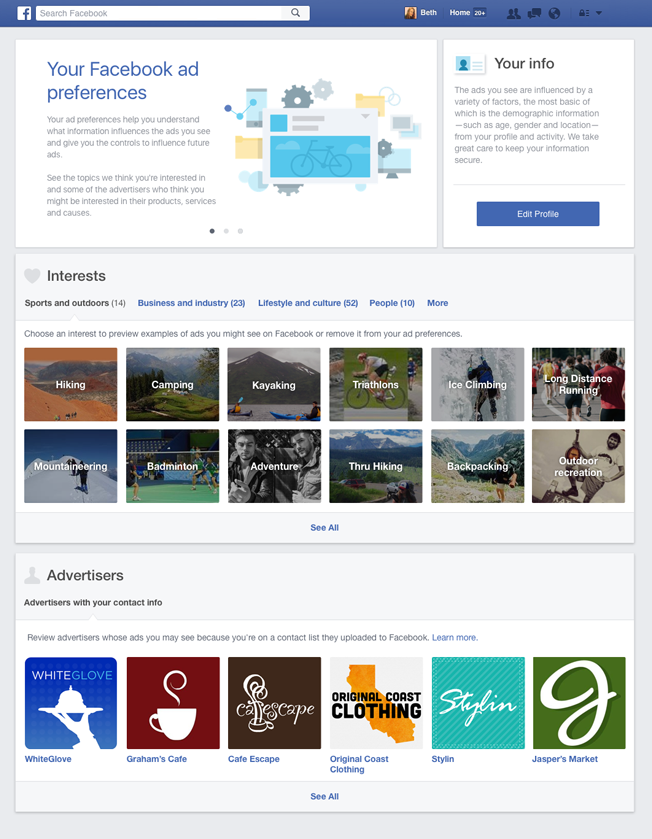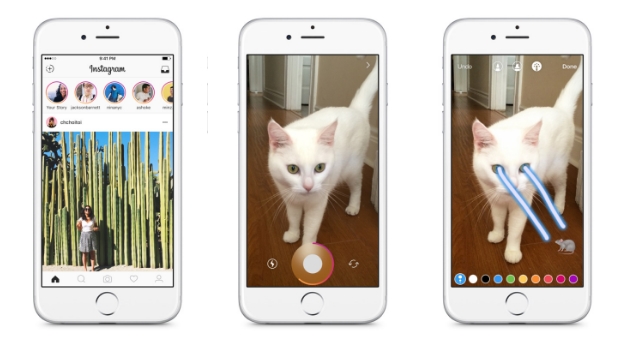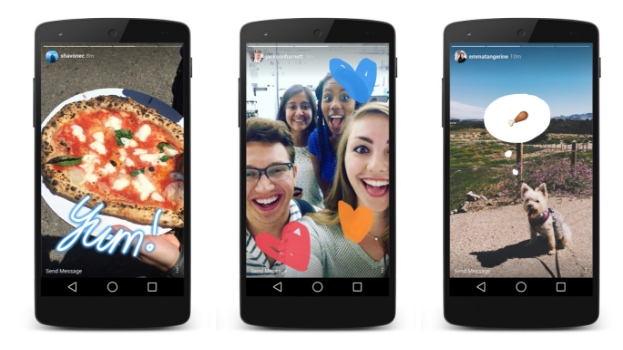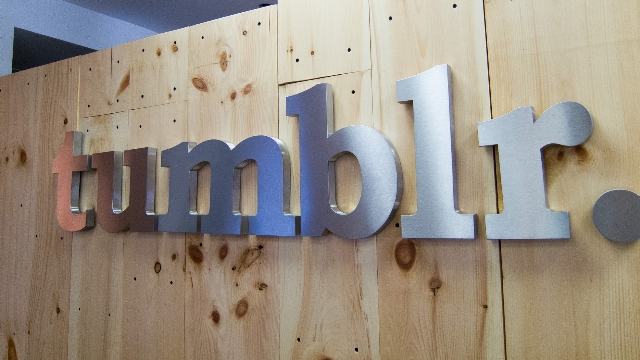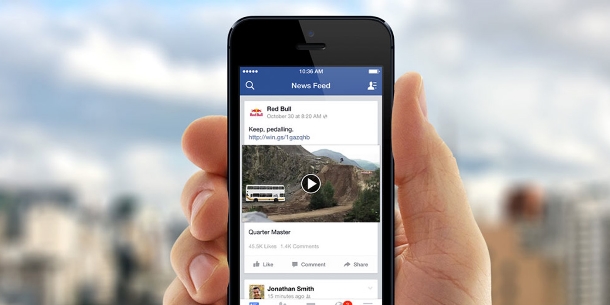
Your site’s speed on mobile devices will soon be a factor deciding how many people see your Facebook ads, according to an announcement from the social network this week.
In Facebook’s words:
“Over the coming months, we’re working to improve ad experiences for people by considering website performance and a person’s network connection in our ad auction and delivery system.”
While it isn’t clear exactly how site speed and page performance will be implemented into Facebook’s algorithm for displaying ads, the social network is already introducing features to help brands deliver content more quickly across Facebook.
In addition to the use of Accelerated Mobile Pages, Facebook is introducing prefetching to help users see the content they are interested in as quickly as possible. This week’s announcement explains that prefetching starts loading mobile content in the Facebook in-app browser before a user ever clicks a link.
According to their estimates, this speeds up mobile site load time by as much as 29 percent and decreases the rate of site abandonment during the loading process.
The new Facebook help page dedicated to prefetching goes a bit more in-depth about how the system actually works:
“For each News Feed mobile ad, Facebook attempts to predict how likely a person is to click on an ad. If the prediction score meets the requirements, we prefetch the initial HTML page when the story first appears on a person’s screen. This content is cached locally on the person’s device for a short amount of time. If the person clicks on the ad, Facebook loads the initial page from the cache. The initial page then makes regular web requests to the publisher’s server to load the remainder of the page. We currently only cache the initial HTML page. Keep in mind that the CSS, Javascript or images on the website are not cached.”
Ultimately, Facebook’s changes are aimed at improving their overall ad performance and increasing engagement with ads. Advertisers with slow-performing sites tend to also underperform in many ad metrics.
While Facebook’s new feature will improve content delivery speed across the board, the company also offered five tips for tuning up your site:
- Minimizing landing page redirects, plugins and link shorteners
- Compressing files to decrease mobile rendering time
- Improving server response time by utilizing multi-region hosting
- Using a high-quality Content Delivery Network to reach audiences quickly
- Removing render-blocking javascript

